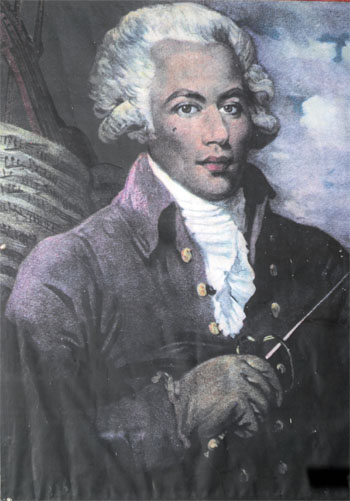Africans in European Painting

In European art, Africans are referred to as Negroes, Moors and Mulattoes, all of them intentionally demeaning or worse. I have assembled a selection of famous "African" images, along with a few "Americans." The selection is idiosyncratic of course - these are the ones I find most interesting.
Most art sites call the charcoal drawing below Head of a Negro by Albrecht Dürer from 1508, although we don't know what he called it. It prompts a question: was this a free man whom Dürer saw in Nürnberg, or was he a slave that Dürer saw the previous year when he was in Italy?
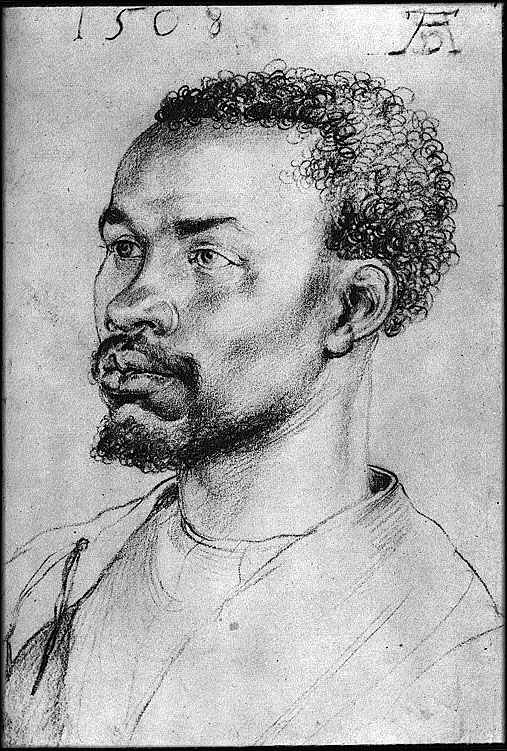
A decade or more later, in 1521, Dürer produced Portrait of the Moorish Woman Katharina. Dürer saw her in Antwerp, where she was the servant or slave of the Antwerp agent of the king of Portugal. The inscription says Katharina allt 20 Jar.
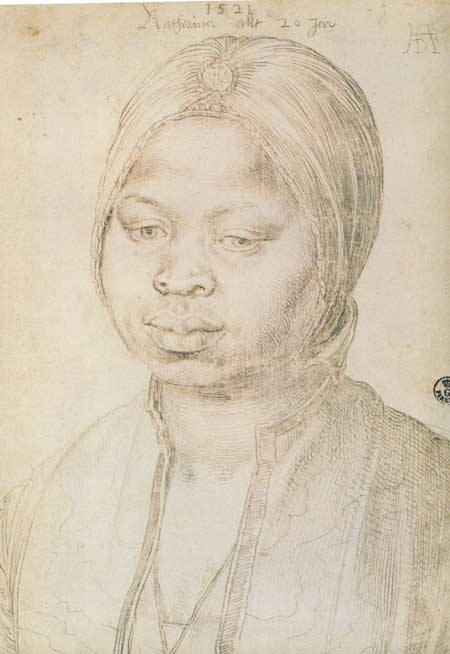
Up top is Peter Paul Rubens' splendid Four Studies of the Head of a Negro (around 1615-1620?). Rembrandt goes darker. This is Two Moors from around 1661. The most popular theory has it that Rembrandt encountered these men in Amsterdam, not abroad.
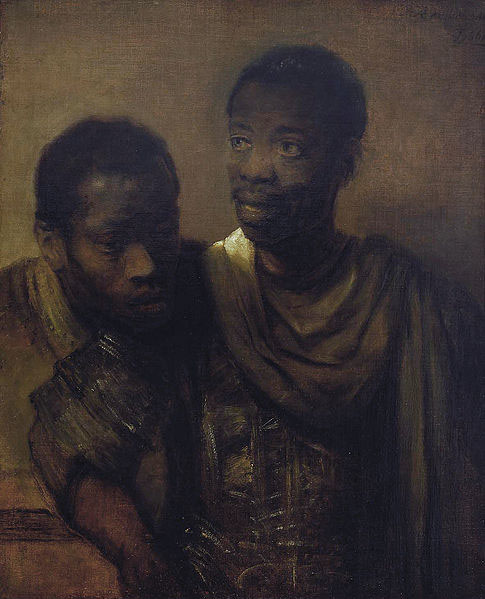
As for the Americas, Diego Velázquez painted his assistant (and a painter in his own right), Juan de Pareja, around 1650 - below. Juan de Pareja appears to have been a slave from the West Indies, whom Velázquez inherited from relatives in Seville and whom he later freed.
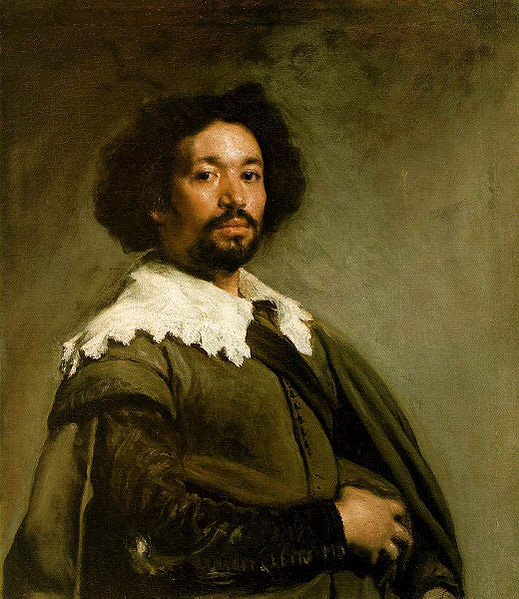
Below is the Chevalier de Saint-George - famous musician and swordsman of 18th century France. Born in Guadalupe in 1745, he became influential during the reign of Louis XV and, after surviving the French Revolution, he died in 1799. This image is from 1787, adapted from a painting by the American-born historical painter Mather Brown, when the Chevalier was visiting London. More on that here - it involves a famous duel - and for a fuller bio here.
